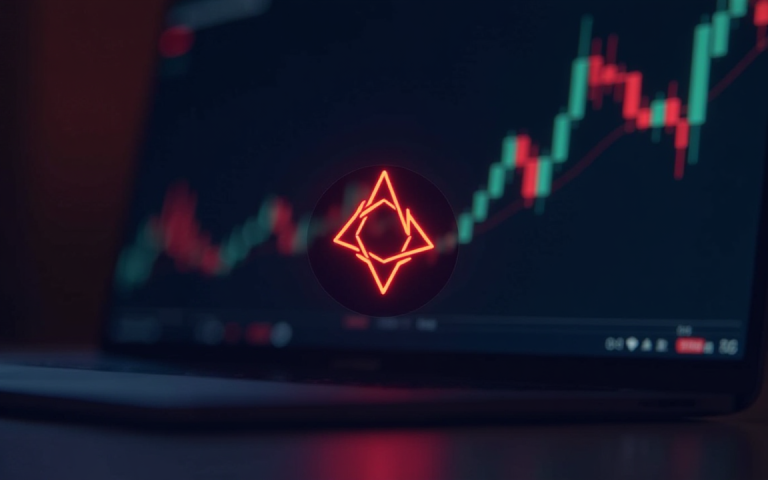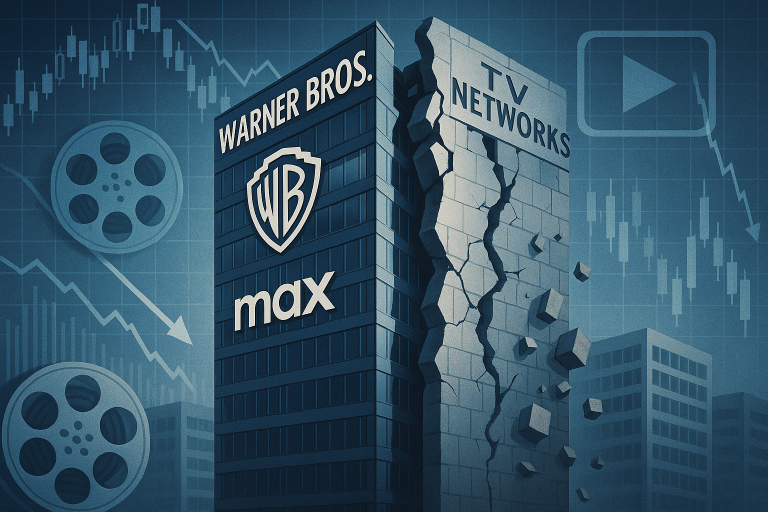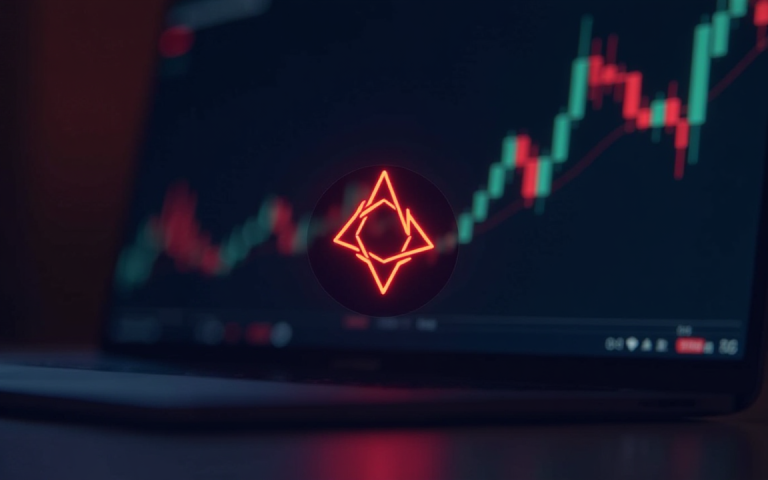The Dow Jones Index has done well this year, continuing the bull run that started in 2022 when it tumbled to a low of $28,662. It was trading at $47,560, up by 30% from its lowest level in April when Donald Trump announced his reciprocal tariffs.
The Dow Jones, like the S&P 500 and the Nasdaq 100, has also benefited from the Federal Reserve interest rate cuts, strong earnings growth, and the artificial intelligence boom. This article explores some of the top gainers in the Dow Jones Index and its top ETF, the DIA.
Top gainers in the Dow Jones and DIA ETF this year
Most companies in the Dow Jones Index and DIA ETF have had substantial gains this year. Only 7 of them, including top names like UnitedHealth, Salesforce, Nike, and Procter & Gamble, have dropped this year.
On the other hand, the top gainers in the Dow Jones Index were companies like Caterpillar, Goldman Sachs, IBM, Johnson & Johnson, Nvidia, and Cisco were its top gainers.
Caterpillar (CAT)
Caterpillar, the giant industrial company, was the best-performing company in the Dow Jones Index this year as it jumped by 62%, bringing its market capitalization to over $278 billion.
The company has done well because of the elevated demand from America and other countries in its three verticals, like construction, resource industries, and energy and transportation.
Its most recent results showed that the company’s revenue rose from $16.1 billion in the third quarter of last year to a record $17.6 billion. This growth was offset by a decline in profitability, with its operating profit falling a bit to $3.1 billion, while its adjusted profit per share moved from $5.17 to $4.95.
Caterpillar expects that its revenue growth will continue this year but the tariff impact to affect its profitability.
Goldman Sachs Group (GS)
Goldman Sachs Group, one of the top names in Wall Street is also the second-best performing company in the Dow Jones Index this year, with its stock rising by 51% and its market capitalization hitting $262 billion.
Goldman Sachs’s business has benefited from the ongoing trading boom and the fact that corporate activities like M&A have returned.
The most recent results showed that its revenue rose to $15.18 billion in the third quarter, while its net earnings rose to $4.1 billion.
Most of this growth was driven by the Global Banking & Markets business, whose revenue rose by 18% to $10.2 billion, while the asset & wealth management rose by 17% to $4.4 billion. The platform solutions revenue rose by 71% to $670 million.
Goldman Sachs’ stock performance is in line with that of other global banks, including popular names like Lloyds Group and Unicredit.
IBM (IBM)
IBM stock price is the third-best-performing company in the Dow Jones Index this year, as it jumped by 40%. The company’s gains continued this week as it announced a big deal to acquire Confluent, a company that offers AI data streaming solutions. This buyout came a few months after the company closed that $6.5 billion deal to acquire HashiCorp.
IBM stock price rose after it continued to announce modest results. Its most recent quarterly figure showed that its revenue rose by 9% to $16.3 billion, with its AI book of business rising to $9.5 billion. The company has also boosted its margins, with the gross profit margin rising by 1.1% to 57.3%.
Other top gainers in the Dow Jones Index
The other top gainers in the Dow Jones Index this year were companies like Nvidia, Cisco Systems, 3M, JPMorgan, and American Express. All these stocks have jumped by over 21% this year
The post Dow Jones Index and DIA ETF top gainers in 2025 revealed appeared first on Invezz










